Nestled in the heart of Peru, the Incas’ Sacred Valley captivates with its breathtaking landscapes and cultural richness. Towering mountains cradle lush fields, while the Urubamba River weaves through ancient agricultural terraces that tell stories of innovative farming practices. Key sites like Ollantaytambo and Pisac Market stand as testaments to the valley’s historical depth, yet it’s the vibrant traditions and artisan crafts that truly connect visitors to the spirit of the Incas. What secrets lie within this enchanting region, waiting to be uncovered?
Good To Know
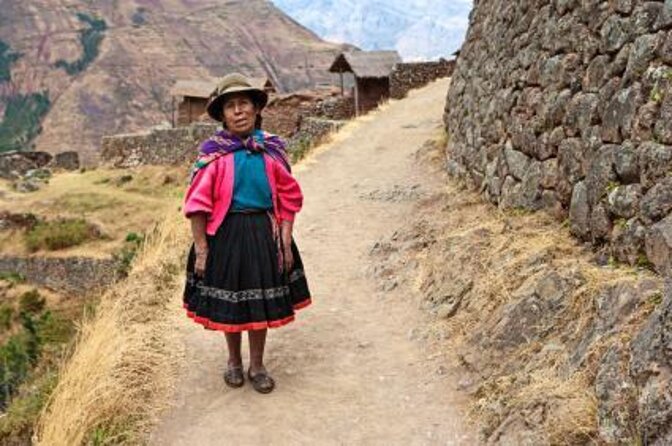
- The Sacred Valley was vital for the Incas, serving as a center for agriculture, trade, and cultural exchange.
- Inca engineering is showcased in sites like Ollantaytambo, featuring impressive terraced gardens and ancient fortifications.
- The valley’s agricultural innovations, including advanced terracing techniques, optimized food production for the Inca civilization.
- Key attractions include the vibrant Pisac Market and the unique circular terraces of Moray, highlighting local craftsmanship and Inca ingenuity.
- The Sacred Valley is rich in history and culture, offering insights into the Inca legacy and their connection to the land.
Overview of Sacred Valley
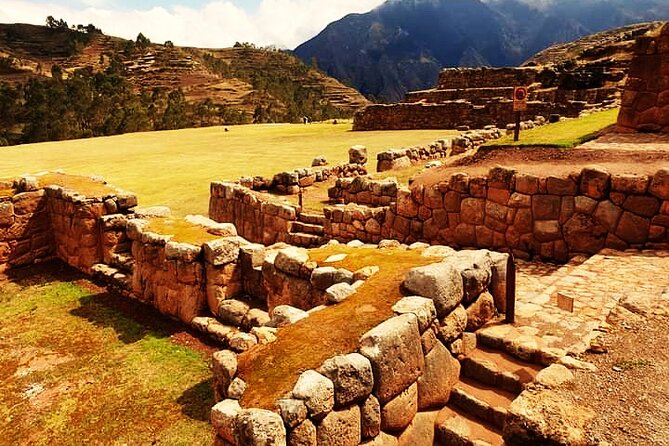
Nestled in the heart of Peru, the Sacred Valley captivates visitors with its stunning landscapes, rich Incan history, and vibrant local culture.
Towering mountains cradle lush green fields, while the Urubamba River winds gracefully through the valley, creating a picturesque backdrop.
Quaint villages dot the landscape, where local artisans showcase their crafts and traditional textiles, inviting travelers to enjoy the region’s lively culture.
As the sun rises, the valley awakens with the sounds of nature and daily life, offering an enchanting experience.
Visitors can explore ancient terraces and hidden ruins that reveal the ingenuity of the Incas.
With every corner turned, the Sacred Valley reveals a new layer of beauty and history, leaving an indelible mark on all who visit.
Find more activities and experiences we've covered in Cusco.
Historical Significance
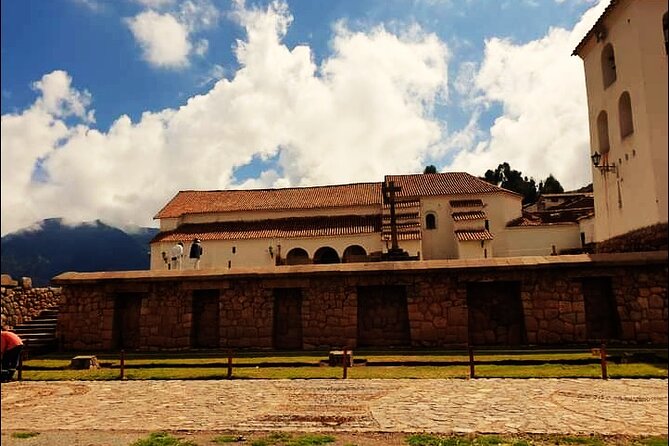
The Sacred Valley stands as a testament to the remarkable achievements of the Inca civilization, showcasing their sophisticated agricultural practices, impressive architectural feats, and deep spiritual connections to the land. The valley played a crucial role in the Incas’ expansion and cultural development.
Three key aspects highlight its historical significance:
Agricultural Innovation: Terracing techniques optimized crop production, ensuring food security for the empire.
Cultural Center: The valley served as a hub for trade, religion, and social interaction, fostering a vibrant community.
Architectural Marvels: Structures like Ollantaytambo reveal the Incas’ advanced engineering skills and their ability to integrate with the natural landscape.
These elements collectively underscore the Sacred Valley’s importance in understanding Inca heritage and their enduring legacy.
Key Attractions
Rich in history and natural beauty, the Sacred Valley captivates visitors with its stunning archaeological sites, vibrant markets, and breathtaking landscapes. Key attractions like the impressive Ollantaytambo ruins and the colorful Pisac market draw travelers in, offering glimpses into the Inca civilization’s legacy. The valley’s picturesque scenery, dotted with terraced hillsides and the meandering Urubamba River, creates a perfect backdrop for exploration.
| Attraction | Description |
|---|---|
| Ollantaytambo | A formidable Inca fortress with terraced gardens. |
| Pisac Market | A lively market known for its handicrafts and textiles. |
| Moray | Unique circular agricultural terraces used by the Incas. |
| Chinchero | A traditional village famous for its weaving. |
These attractions provide a rich tapestry of culture and history, making the Sacred Valley a must-visit destination.
Travel Logistics
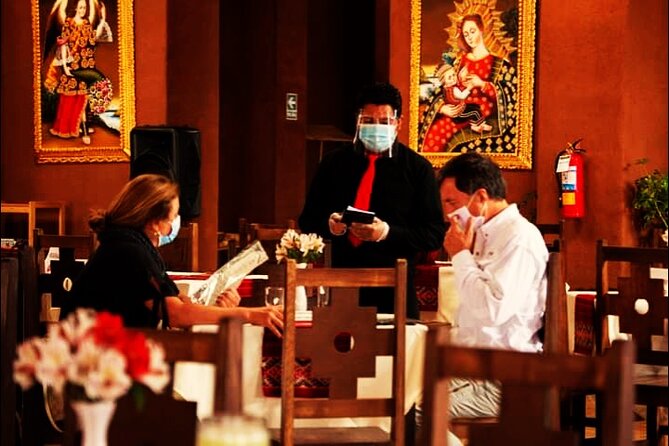
Navigating the Sacred Valley offers travelers a seamless blend of convenience and adventure, with private transportation ensuring comfort while exploring its breathtaking landscapes and historic sites.
This region’s logistics enhance the experience, making it easy to take in its rich culture.
Here are three key elements to consider:
Inclusions: Enjoy a buffet lunch, water, and snacks, keeping energy levels high for exploration.
Meeting and Pickup: Flexible start times, with confirmation received at booking, streamline the travel process.
Booking Options: Take advantage of the lowest price guarantee and free cancellation up to 24 hours before the experience starts.
With these logistics in place, travelers can focus on soaking in the beauty and history of the Sacred Valley.
Health and Accessibility
Travelers should keep in mind that while the Sacred Valley offers stunning experiences, certain health and accessibility considerations can affect their journey.
The terrain’s rugged beauty demands a moderate level of physical fitness, as paths can be uneven and steep.
On top of that, the site isn’t wheelchair accessible, limiting options for those with mobility challenges.
Public transportation nearby can facilitate access, but it’s essential to note that infants must sit on laps.
Plus, it’s not recommended for pregnant travelers or those with heart problems and serious medical conditions.
Booking Your Experience
Booking an experience in the Sacred Valley is a straightforward process that ensures travelers can focus on the breathtaking landscapes and rich history awaiting them. With just a few clicks, they can secure their adventure and enjoy a seamless journey through this stunning region.
Here’s how to get started:
Choose Your Experience: Select from a variety of tours that highlight the valley’s cultural and natural beauty.
Confirm Your Booking: Receive instant confirmation, making the planning process smooth and easy.
Enjoy Flexibility: Take advantage of the free cancellation policy up to 24 hours prior, allowing for any last-minute changes.
With these simple steps, travelers can enjoy the vibrant spirit of the Sacred Valley without any hassle.
Tips for Visitors
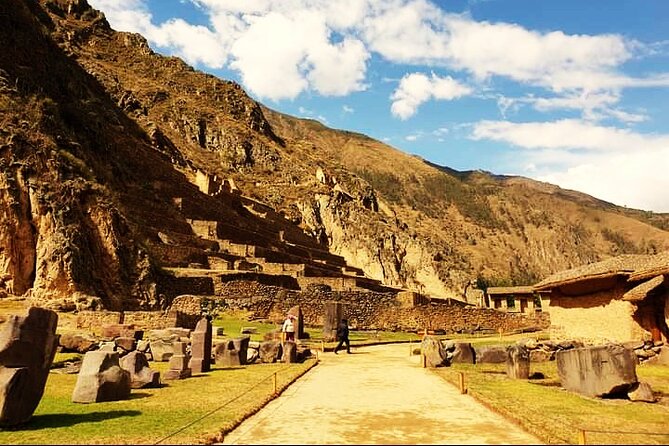
Exploring the Sacred Valley offers a unique blend of ancient culture and stunning landscapes, so it’s essential to prepare for an unforgettable experience.
Visitors should dress in layers, as temperatures can fluctuate throughout the day. Comfortable footwear is a must for traversing uneven terrain and ancient ruins. Staying hydrated is crucial, especially at higher altitudes, so carrying a water bottle is advisable.
It’s also wise to arrive early to beat the crowds and fully soak in the breathtaking views. Don’t forget to bring cash for local markets and small vendors, as not all accept cards.
Lastly, embracing the local customs and being respectful will enrich the journey, allowing visitors to connect deeper with this remarkable destination.
Cultural Insights
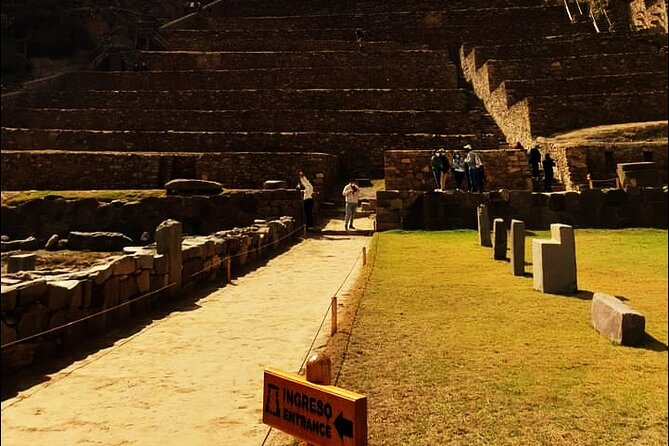
Immersing oneself in the vibrant culture of the Sacred Valley reveals a tapestry of ancient traditions, colorful festivals, and the enduring legacy of the Inca civilization. Visitors can experience the rich cultural heritage through various activities, such as:
Traditional Festivals: Events like Inti Raymi celebrate the sun god, featuring elaborate costumes and rituals.
Local Markets: The bustling markets of Pisac and Ollantaytambo showcase handmade crafts, textiles, and fresh produce, reflecting the region’s agricultural roots.
Sacred Sites: Exploring iconic sites like Machu Picchu and Sacsayhuamán offers insights into Inca architecture and their spiritual beliefs.
Each of these experiences provides a deeper understanding of the Sacred Valley’s cultural significance, making it a must-visit destination for those seeking authenticity and connection.
Frequently Asked Questions
What Is the Best Time of Year to Visit Sacred Valley?
The best time to visit is during the dry season, from May to September. Travelers enjoy clear skies, pleasant temperatures, and vibrant landscapes, making it ideal for exploration and experiencing the region’s breathtaking beauty.
Are There Any Local Customs Visitors Should Be Aware Of?
When visiting, they should respect local customs, including greeting with a handshake, avoiding loud conversations, and asking permission before taking photos. Understanding these practices fosters goodwill and enriches their cultural experience.
Is It Safe to Hike in the Sacred Valley Area?
Hiking in the area is generally safe, as long as hikers stay on marked trails and follow local guidelines. They should remain aware of their surroundings, carry enough water, and ensure they’re physically prepared for the terrain.
Can I Find Vegetarian or Vegan Options in Local Eateries?
He found plenty of vegetarian and vegan options in local eateries. Many restaurants proudly showcase diverse dishes, incorporating fresh ingredients and traditional flavors, ensuring everyone enjoys a delicious, satisfying meal while exploring the vibrant culinary scene.
What Language Is Predominantly Spoken in Sacred Valley?
In the Sacred Valley, Spanish predominates as the main language, though many locals also speak Quechua. This linguistic blend enriches cultural interactions, making conversations vibrant and reflective of the region’s rich heritage and history.
The Sum Up
To sum it up, the Sacred Valley captivates with its breathtaking landscapes and rich cultural tapestry, inviting travelers to enjoy the legacy of the Incas.
From the ancient ruins of Ollantaytambo to the vibrant stalls of Pisac Market, each corner reveals a story waiting to be discovered.
As visitors explore this enchanting region, they not only witness the beauty of nature but also forge a deeper connection to the enduring spirit of Inca heritage that thrives today.
More Tour Reviews in Cusco
Looking for something different? Other Cusco activities we've written about
- Humantay Lake 1 Day Tour
- Private Machu Picchu 1 Day Tour From Poroy Cusco
- 25 Best Shopping Tours In Cusco
- 25 Best Workshops And Classes In Cusco
- 8 Best Spa And Hot Springs Experiences In Cusco
- 4 Best Massage And Relaxation Services In Cusco
- 12 Best Historical Tours In Cusco
- 20 Best 3 Day Tours In Cusco
- 25 Best Tours In Cusco
- 20 Best 2 Day Tours In Cusco
- 20 Best Airport Transfers In Cusco
- 20 Best 4 Day Tours In Cusco
